EMERALD THE BIRTHSTONE FOR MAY
EMERALD IS THE GEMSTONE AND BIRTHSTONE FOR THE MONTH OF MAY
This post contains affiliate links. If you use these links to buy something I may earn a commission. Thanks! As an Amazon Associate I also earn from qualifying purchases.
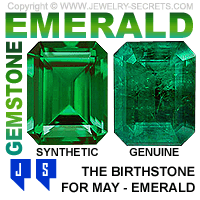
The birthstone for May is emerald.
Being one of the 3 precious gemstones, besides ruby and sapphire, emerald is one of the most popular gems there is.
Beryl:
Emerald comes from a parent rock called beryl. This beryl grows in hexagonal crystals in veins of limestone deposits and black shale.
Beryl colors:
Beryl comes in many different colors, like blue, green, pink, red, yellow and orange. In its pure state, beryl is colorless. When mixed with chromium (chrome) or vanadium, it produces the deep green shade that emeralds are known for.
Out of all the many different varieties of beryl, including aquamarine, morganite, heliodor, and goshenite, emerald is the most sought after gem and the most valuable of the lot. In fact, emeralds of fine quality are the most prized green gemstones on the face of the earth.
Emeralds in history:
Emeralds date back to 3500 BC. Throughout history, emerald has been idolized and worshiped. Legend says the holy grail was even made from emeralds. The Incas used emeralds as an offering to their Gods. Emeralds have come from Cleopatra’s mines and have been carved into Buddha’s in Thailand.
Emerald’s influence is vast. We have the Emerald City in the Wizard of Oz, Seattle’s Emerald City, and even Ireland’s Emerald Island gets into the act. Emerald wins the world over with it’s lush landscape of deep green hues.
Is emerald durable?
Sort of. Emerald is a durable gem as long as it has good clarity. Emerald rates a 7.5-8 on the MOH’s scale of hardness (2.67-2.80 specific gravity). So it’s a tough stone, but it’s also very brittle. Brittle is emerald’s biggest fault.
What makes emeralds so brittle are the actual inclusions and flaws in the stone. Emeralds are well known for their flaws. Flaws are needed. These imperfections in the stone are what help give emerald its deep green hues. But too many flaws can make the stone vulnerable and weak. One sharp blow could fracture the stone and break it in half.
Emeralds can also break or fracture under extreme temperature changes. Emeralds are a delicate stone and you have to be careful with them. They should not be put under direct heat of the jeweler’s torch. Emeralds should also stay clear from ultrasonic cleaners and steam cleaners. Heat can harm them.
The reason heat can harm them may surprise you.
Emeralds have been oiled:
Emeralds by nature have an abundance of flaws in them. Flaws, fractures, fissures and openings on the surface of the stone are common, but not always pretty. So what jewelers do to make the stone look better, sell better, and improve the overall clarity of the stone is to soak the emerald in a solution of oil (it’s good to assume that all emeralds have been oiled or fracture filled).
Soaking the gem in oil will fill in the open cracks and fissures. It hides the inclusions. It makes the stone look better. The big problem is:
Oiling is not permanent.
While it’s standard practice to oil emeralds in the industry, and it’s perfectly accepted, this oiling doesn’t last a lifetime (although they can be re-oiled).
Oils, (or resin, wax, epoxy like substances, whatever they use) can dry up, dissolve or melt away. And when that happens, the emerald’s true self is shown. The flaws are more noticeable. And trust me, it can be a night and day difference. If a jeweler leaves your emerald in the ultrasonic cleaner, look out. The emerald you get back, could look cloudy, cracked, ugly and fractured. You will think it’s a different stone. So avoid the cleaners.
Oiling really does make the stone look better. It’s amazing. Without it, you probably wouldn’t buy the stone in the first place. And depending on the oil or resin used, it can actually make the emerald more durable. Some dealers add a hardening agent to the oil which seals them shut and makes them stronger. But, even this, is not a permanent fix.
Nothing can help your emerald if it’s subjected to too much heat. Heat can cause the oils to boil, melt and cause your stone to fracture.
Word of advice:
Clean your emeralds by hand. Clean them with a damp cloth and they’ll look pretty forever and keep those lovely shades of green.
What to look out for?
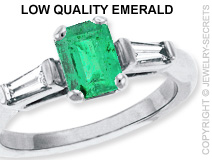
When you’re out shopping for emeralds, keep a watchful eye on the color. Most of the genuine emeralds that you find are not good quality. They are light-green in Hue and not desirable (see image). But at least they are inexpensive, so they have one thing going for them. :)
Some gemologists don’t even refer to these stones as “emeralds“, they call them “light-green beryl” instead.
Confusing? Could be. But it could be worse, in ancient times all green gems were called emeralds. Go figure!
Emeralds get extremely rare to find in nice medium to medium-dark shades (the best). That’s why a good portion of what you find in the jewelry stores today is manmade. Probably 85% of them are made in a laboratory. They are synthetic, not genuine.
Created emeralds:
Synthetic stones (like the Chatham Emerald developed in the 1980’s) were made because the lack of good quality emeralds on the market. Nowadays, synthetic stones are everywhere. They are easy to spot. They look too flawless, too perfect, too clean, transparent and glassy (see image at top). It’s pretty obvious which one is real and which one is lab made.
Rule of thumb: If it looks too clean, it’s probably fake.
Jardin:
That’s the quickest way to tell if a stone is emerald or not. Look for the flaws. These interesting fractures and fissures are actually referred to as “jardin”, which is french for garden.
Inclusions can also help determine the origin of the stone. Fractures, fissures, needles, growth tubes, liquid inclusions and crystals all point the way.
Emerald locations:
Most good quality emeralds come from Columbia. But emeralds can be found in other great locations like: Egypt, Bogota, Brazil, Zambia, Zimbabwe (where it’s said that the spirit of Sandawana haunts the mines), South Africa, Tanzania, Pakistan, Afghanistan, Russia, Austria, Australia, Bulgaria, Canada, USA (North Carolina), India, Madagascar, Mozambique, Nigeria and Norway.
Emerald prices:
Prices of emeralds can range between $10 per carat all the way up to $50,000 per carat. They can surpass even diamonds per carat value.
Most of the value of an emerald is determined by the color. Bluish-green shades, medium or medium-dark tones give emerald it’s premier status. Some of the best emeralds in the world are trade named: Columbian Emerald, Zambian Emerald, Sandawana Emerald, and the Brazilian Emerald. Look for them. They are stunning.
Emerald clarity:
Clarity also plays a huge role in the value of an emerald. Gem clarity can be classified three ways: light included (the best), moderate (or medium) included, and heavily included (the worst, full of big fractures and inclusions which can make the emerald brittle).
Emerald cut:
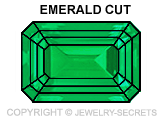
One of the most popular cuts for an emerald is the emerald cut (see image). It tends to really show off an emerald well. Emeralds and emerald cuts go hand in hand.
Hand in hand is good because emerald stands for friendship. Not to mention: vitality, growth, fertility, balance, patience, emotions, creativity, power, wisdom, peace, harmony, intelligence, and passion. Wow, no wonder why emerald is the gem for the heart chakra, it strikes a chord with everything…
Even the stars. Emerald’s astrological signs are: Taurus, Gemini and Aries.
Emerald anniversary gifts:
Wedding anniversaries love emeralds too. Emerald represents the 3rd, 10th, 14th, 20th, 35th, 55th, and 90th anniversaries (that’s a lot of passion).
So you see, emerald has a lot going for it. It’s more than just the birthstone and gemstone for May. Some even go so far as to say it’s a prophecy. It gives you foresight into the future. Others say it strengthens memory, improves speech, restores eyesight and brings riches.
Can emerald live up to its name?
Maybe.
After all, green is the color of money.
Check out Amazon for some great emerald jewelry here.
Cheers! :)


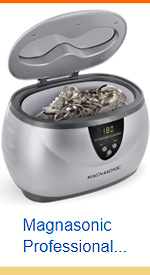

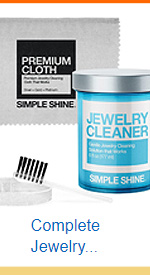
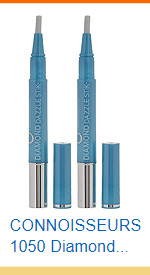
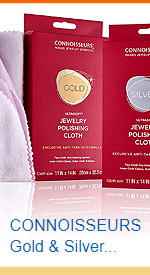
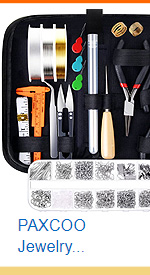
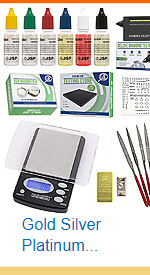
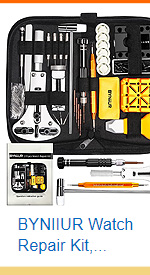
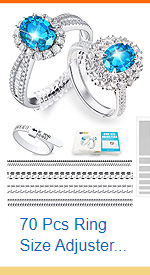
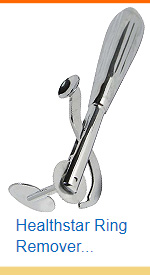
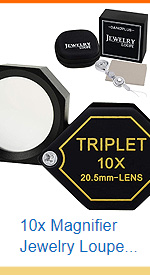
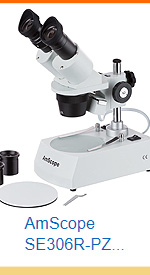
Leave a comment